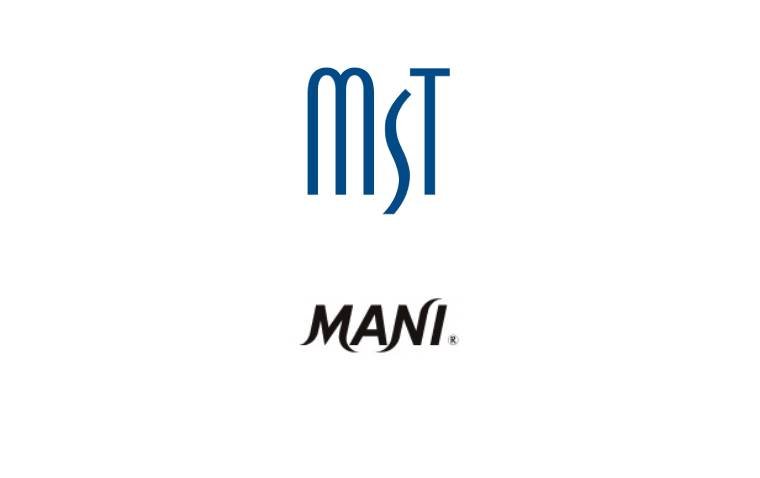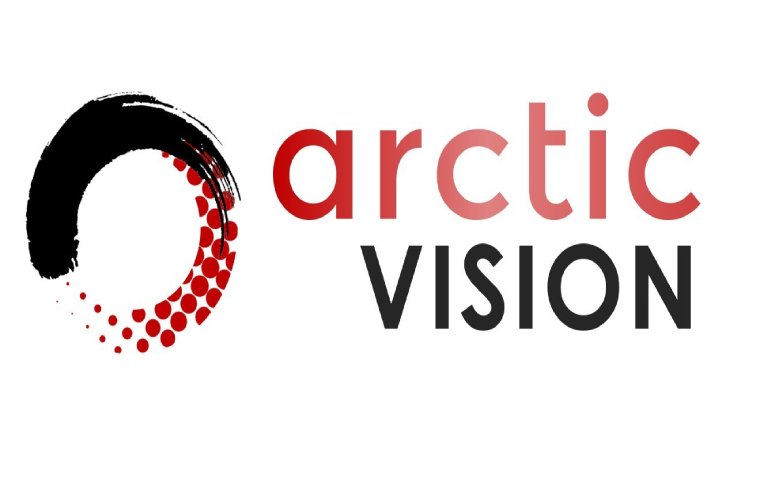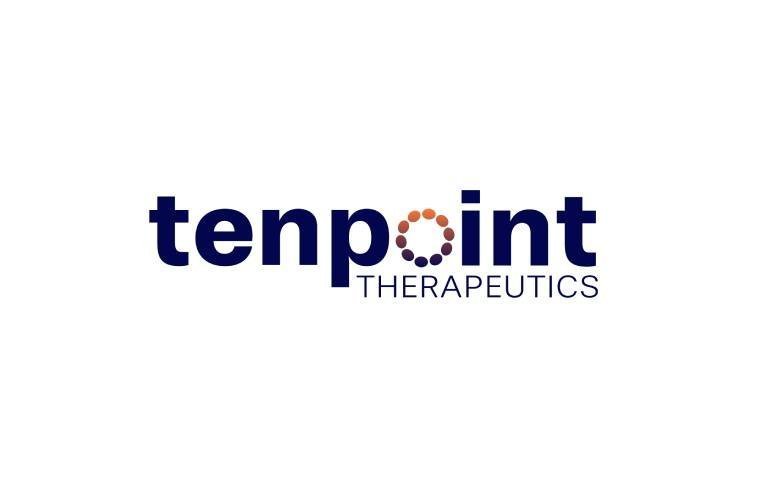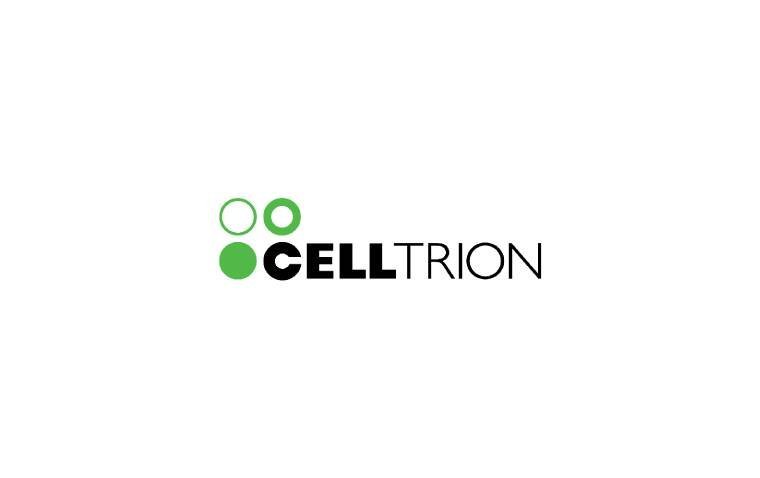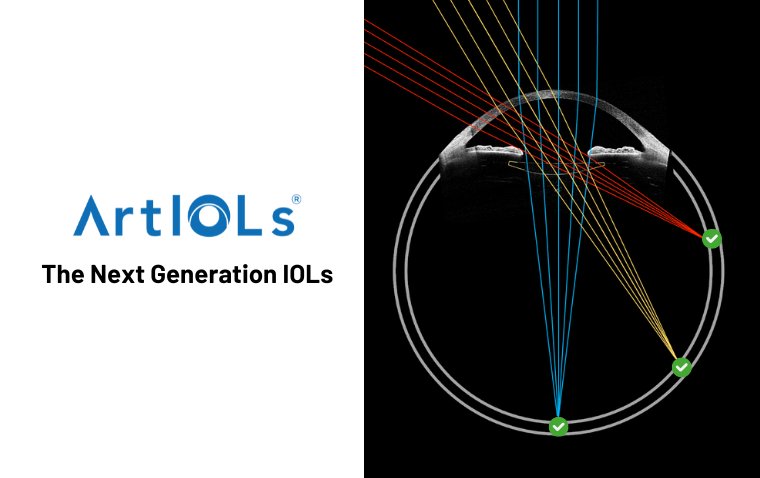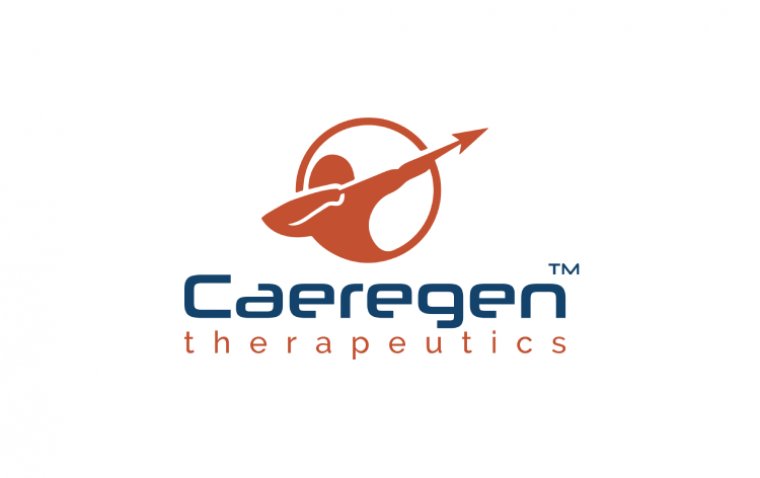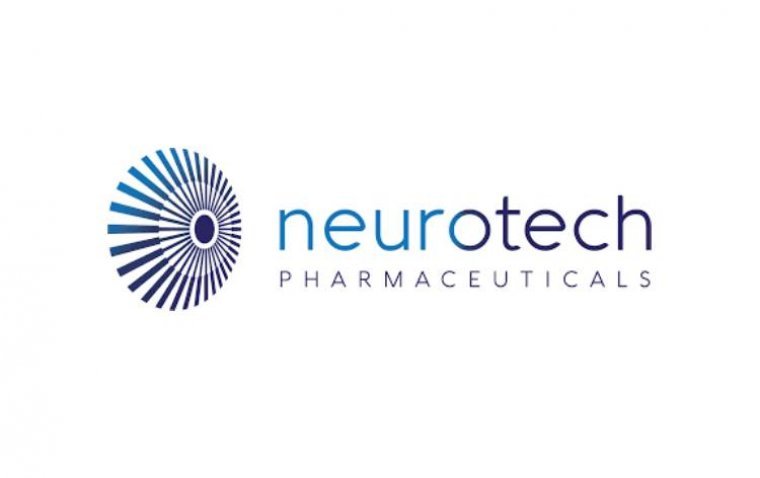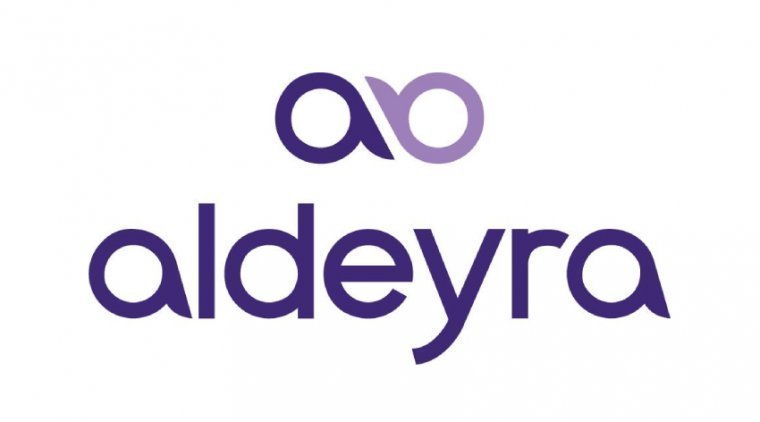
Opus Genetics Announces FDA Fast Track Designation and Enrollment Updates for Phentolamine Ophthalmic Solution
Opus Genetics has completed enrollment in the VEGA-3 Phase 3 clinical trial evaluating phentolamine ophthalmic solution 0.75% for presbyopia. Additionally, enrollment is underway in the LYNX-2 pivotal Phase 3 trial, which is assessing phentolamine’s potential to improve night vision disturbances following keratorefractive surgery. The LYNX-2 trial is expected to complete enrollment in the first half of 2025.
In a significant regulatory milestone, the FDA has granted Fast Track designation for phentolamine as a treatment for chronic night driving impairment and reduced mesopic vision in keratorefractive surgery patients who experience glare, halos, and starbursts.
Expert Insights on Phentolamine’s Potential
Dr. Jay Pepose, MD, PhD, Chief Medical Advisor at Opus Genetics, emphasized the impact of these developments:
“We are pleased with the ongoing progress of both the VEGA-3 and LYNX-2 studies. Presbyopia affects millions of people and represents a daily challenge that can diminish independence and quality of life. Phentolamine ophthalmic solution 0.75% has the potential to transform how this condition is managed by offering a durable, noninvasive solution that improves near vision, without compromising nighttime distance vision. It also offers the potential to improve visual performance in patients who have undergone LASIK for vision correction, and who now have difficulty with low light vision and nighttime vision disturbances.”
VEGA-3 Phase 3 Trial: Evaluating Phentolamine for Presbyopia
The VEGA-3 trial is a randomized, double-masked, placebo-controlled, multicenter Phase 3 clinical trial assessing the effectiveness of phentolamine ophthalmic solution 0.75% in 545 participants with presbyopia.
Key Study Details:
• Primary endpoint: Percentage of participants achieving a 15-letter improvement in photopic binocular distance-corrected near visual acuity (DCNVA) on the eighth day after their first visit.
• Follow-up period: Participants will be monitored for 48 weeks to evaluate chronic safety.
• Recruitment sites: Conducted at 39 investigational sites across the U.S.
LYNX-2 Phase 3 Trial: Addressing Night Vision Impairment Post-Surgery
The LYNX-2 trial is a randomized, double-masked, placebo-controlled Phase 3 clinical trial evaluating phentolamine’s effectiveness in patients who have experienced reduced visual acuity in low light conditions following keratorefractive surgery.
Key Study Details:
• Target enrollment: 200 participants, with the trial currently more than 95% enrolled.
• Primary endpoint: Achieving a 3-line (15-letter) or more improvement in distance vision on a low-contrast chart in dim light conditions after 15 days of treatment.
• Regulatory oversight: The LYNX-2 trial is being conducted under a Special Protocol Assessment (SPA) with the FDA.
FDA Fast Track Designation for Night Vision Impairment
The FDA’s Fast Track designation for phentolamine ophthalmic solution 0.75% underscores its potential to address significant chronic night driving impairment in keratorefractive surgery patients with reduced mesopic vision and photic disturbances.
Key Benefits of Fast Track Status:
• More frequent FDA interactions to accelerate development.
• Eligibility for priority review, expediting regulatory approval.
• Rolling review, allowing sections of the New Drug Application (NDA) to be submitted and evaluated progressively.
Looking Ahead
With the VEGA-3 trial fully enrolled and the LYNX-2 trial nearing completion, Opus Genetics is moving forward with the clinical development of phentolamine ophthalmic solution 0.75%, a potentially transformative treatment for presbyopia and night vision disturbances.
The FDA Fast Track designation further supports its clinical importance and regulatory advancement, bringing hope for more effective, noninvasive vision treatments for millions of patients.
(1).jpg)
